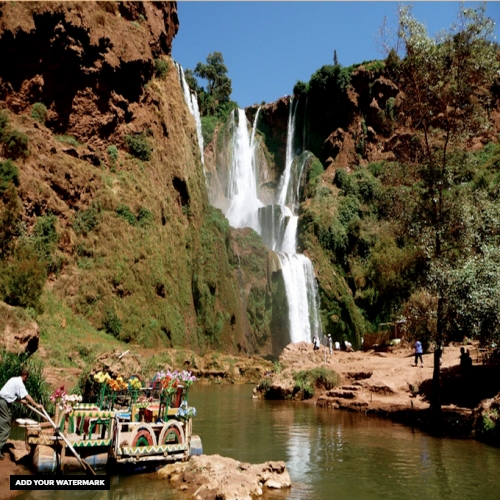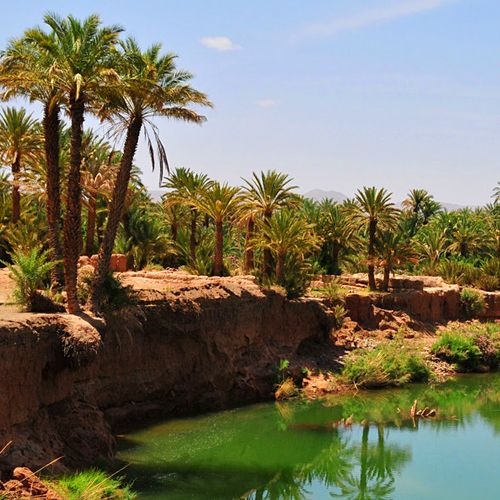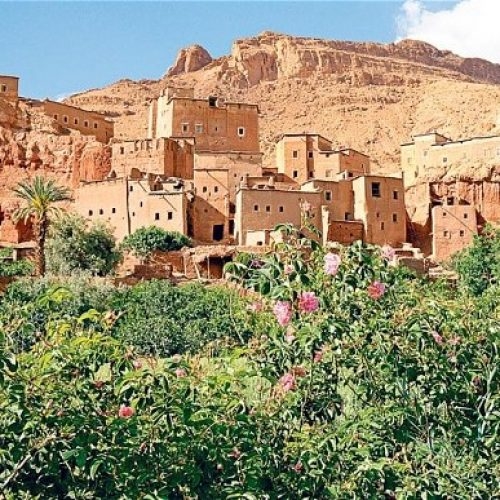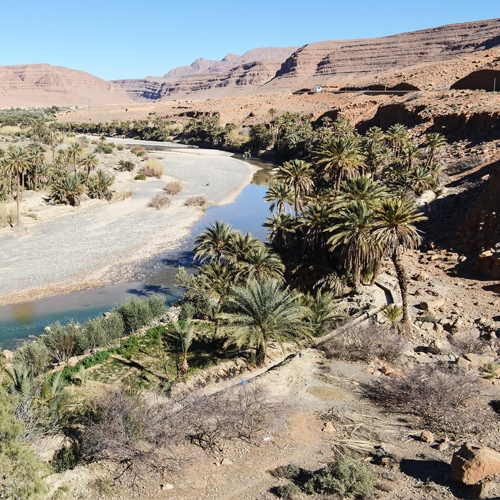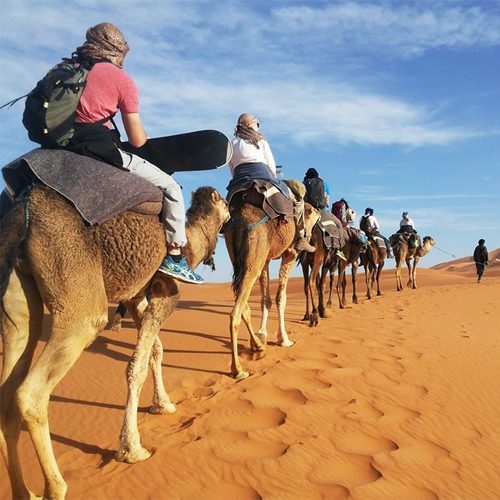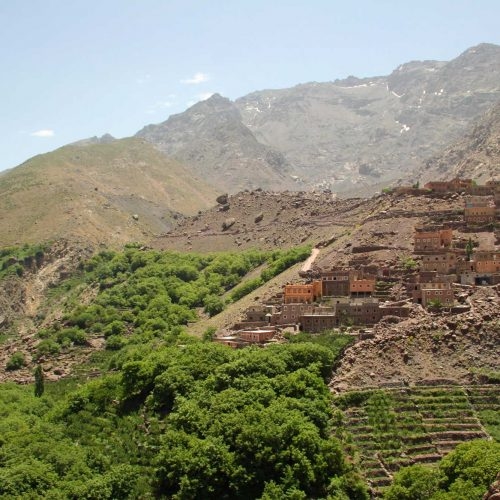Morocco has ten national parks. The 28,000 km2 occupied by protected areas account for 6% of the total area of the country. The North African Mediterranean forest, the montane coniferous forest, the steppe of the Great Atlas and that of the northern Sahara are the biomass that can be enjoyed in these Moroccan protected areas, which gradually open up to ecotourism.
The national parks of Morocco are:
- - Alhucemas: Located north of the country, 150 kilometers east of the Strait of Gibraltar. Mediterranean vegetation and species such as araar, osprey or Audouin's seagull are some of the values of its biodiversity.
- - High Atlas: It occupies an area of 49,000 hectares and is located in the easternmost part of the mountain range. The ruins or the gazelles of Cuvier are two precious species of fauna of this Moroccan protected enclosure.
- - Souss-Massa: On the Atlantic coast, southwest of the country. It was established in 1980 and has the Oued Massa Biological Reserve. It has an area of 720 square kilometers. The eneas, the argan forests, 25 species of reptiles and amphibians, in addition to birds such as storks, herons or ducks are the most important environmental elements.
- - Toubkal: It is the oldest national park in the network. It is rich in medicinal and aromatic plants. It is one of the best used spaces for ecotourism, not in vain, it is the most visited protected area in Morocco.
- - Tazekka: Located just 30 kilometers from Taza. The Ras Oued Waterfalls or the Chiker Grottoes are some of the amazing places that this protected space houses, located in the Jebel Tazekka massif. Holm oaks and cedars abound.
- - Tazekka: Located just 30 kilometers from Taza. The Ras Oued Waterfalls or the Chiker Grottoes are some of the amazing places that this protected space houses, located in the Jebel Tazekka massif. Holm oaks and cedars abound.
- - Talassemtane, Dakhia, Khenifiss, Ifrane and Merja Zerga: complete the structure of protected national parks in the Alawi country.
Ecotourism continues to grow in the North African kingdom, an understandable circumstance shortly after knowing the wonders that these ten Moroccan environmental jewels possess.





